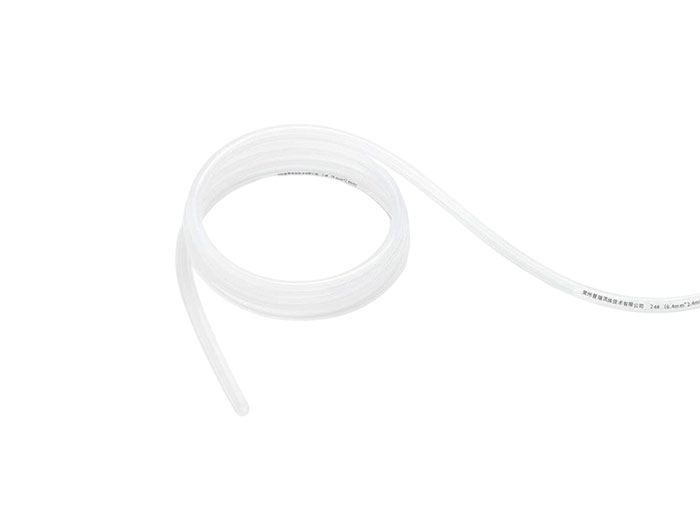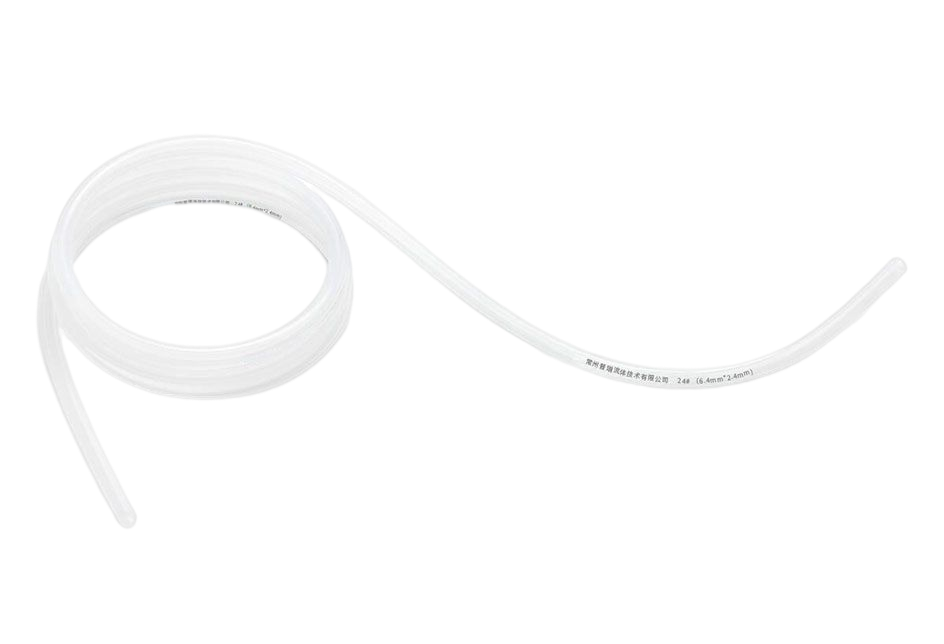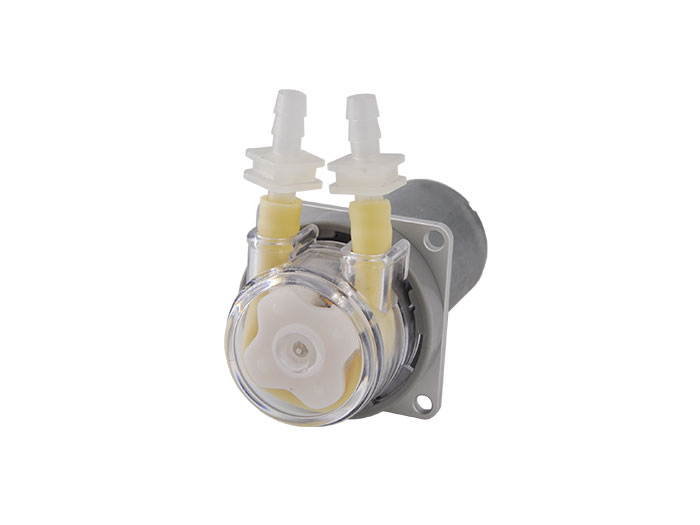In the process of industrial production and scientific research, the formation of bubbles in the fluid pipeline is a common and troublesome problem.
In the process of industrial production and scientific research, the formation of bubbles in the fluid pipeline is a common and troublesome problem. The presence of bubbles will not only affect the flow performance of the fluid, but also may cause the blockage of the pipeline and even the system failure. Therefore, to deeply understand the causes of bubbles in the fluid pipeline and find effective solutions is very important to improve the stability and operation efficiency of the system.
First, we need to understand the main causes of bubbles in fluid lines. In general, the formation of bubbles is closely related to the following:
1. Fluid characteristics: Some fluids have a high air solubility, when the concentration of dissolved gas in the fluid exceeds the saturation, bubbles will begin to form. In addition, the viscosity and surface tension of the fluid also affect the formation and aggregation of bubbles.
2. Pipeline design and layout: Pipeline design and layout is one of the important factors that produce bubbles. The sudden diameter reduction, elbow, valve and other structures in the pipeline are easy to produce eddy currents and oscillations, thus promoting the formation of bubbles. In addition, the smoothness and material of the inner wall of the pipeline will also affect the retention and transmission of bubbles in the pipeline.
3. Operating conditions: The operating conditions of the fluid pipeline will also affect the generation of bubbles. For example, too fast flow rate, drastic pressure changes, temperature changes, etc., may cause the formation of bubbles. In addition, impurities and pollutants in the fluid are also one of the common causes of bubbles.
For the causes of bubbles in the fluid pipeline, we can take a series of solutions to improve the stability and reliability of the system:
1. Optimize the characteristics of the fluid: The formation of bubbles in the fluid can be reduced by adjusting the viscosity of the fluid, changing the surface tension, reducing the solubility of the gas, etc. In addition, some chemical additives, such as anti-foam agents or thickeners, can also be used to inhibit the formation and aggregation of bubbles.
2. Reasonable design of pipelines: In the design and layout of pipelines, the use of sudden diameter changes, elbows and valves should be minimized to reduce the occurrence of eddy currents and oscillations. In addition, the reasonable choice of pipe material and improve the smoothness of the inner wall of the pipe can also reduce the retention and transmission of bubbles.
3. Control operating conditions: Reasonable control of flow rate, pressure and temperature changes can effectively reduce the generation of bubbles. In addition, regular cleaning and maintenance of pipelines to reduce the accumulation of impurities and pollutants is also one of the important means to prevent bubble problems.
In short, the bubble in the fluid pipeline is a problem that should be paid attention to. Through in-depth analysis of the causes of bubbles and corresponding solutions, the stability and operation efficiency of the system can be effectively improved, so as to ensure the smooth progress of production and research.


